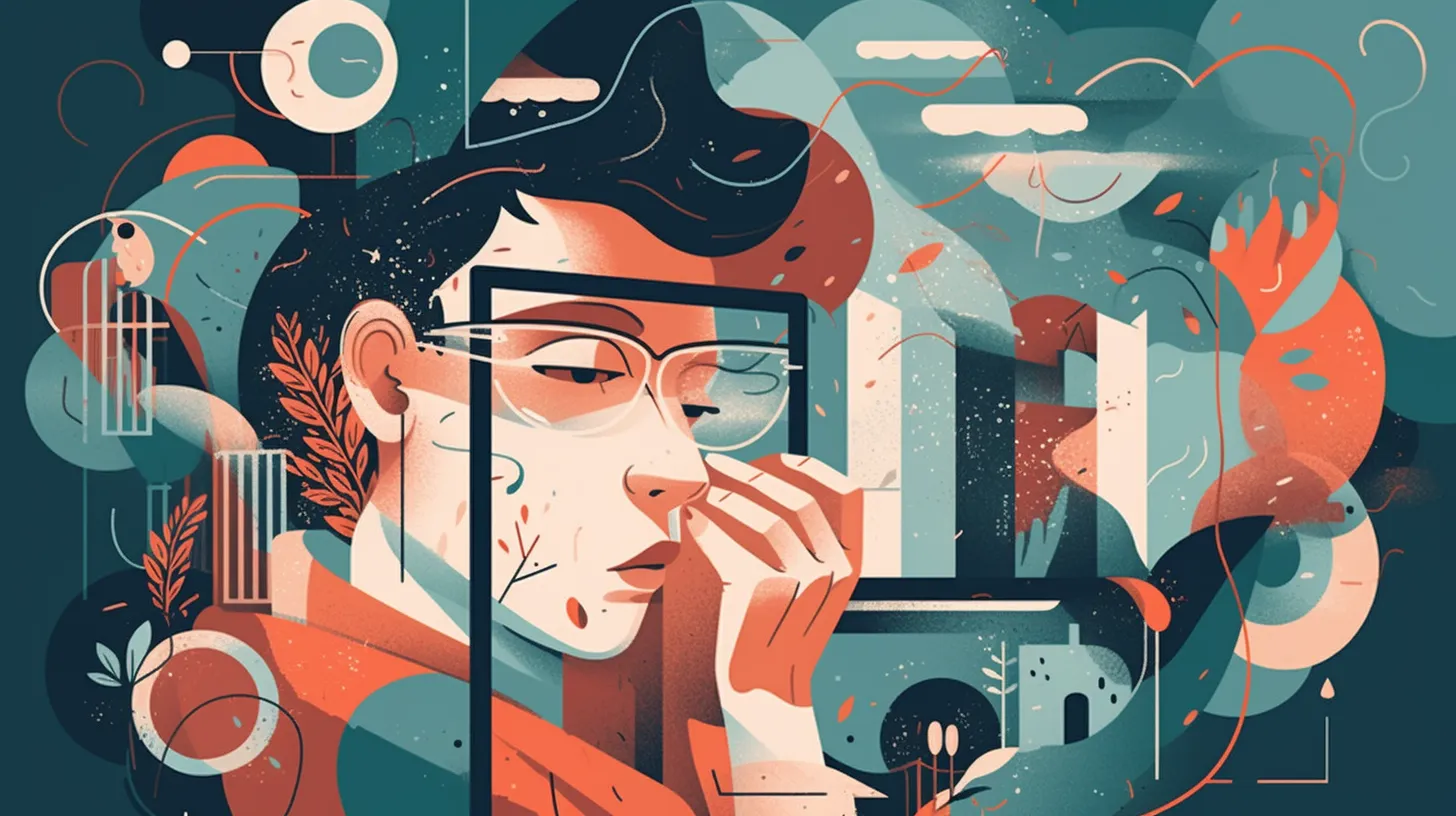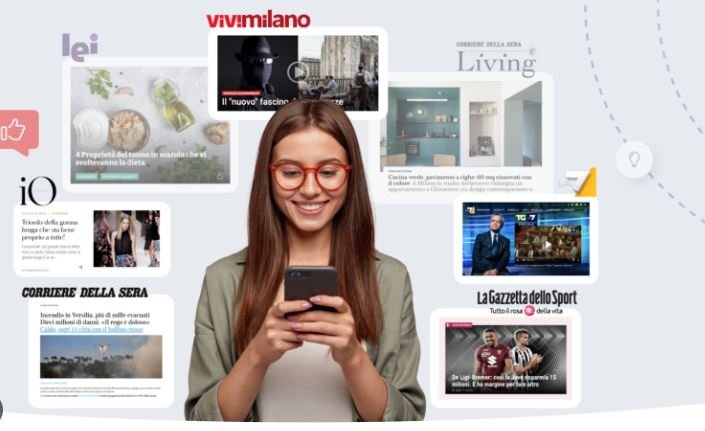
The Power of Visuals in Advertising
Visuals are processed by the brain faster than text, making them a potent medium for communication. A single image can convey complex ideas, evoke emotions, and create a lasting impression. In advertising, using visuals effectively can mean the difference between a message that resonates and one that is quickly forgotten.
For example, an ad for a travel company might use a stunning image of a tropical beach at sunset. This image doesn’t just show a destination; it tells a story of relaxation, escape, and the beauty of nature. The viewer is immediately transported, and the desire to experience that moment becomes a powerful motivator.
Crafting a Visual Narrative
To enhance your ads through visual storytelling, start by crafting a visual narrative that aligns with your brand’s message and goals. A visual narrative is a sequence of images or scenes that together tell a cohesive story. This narrative should reflect your brand’s values, connect with your target audience, and convey the key benefits of your product or service.
For instance, a fitness brand might create a visual narrative showing the journey of a person transforming their life through exercise. The narrative could start with an image of the person struggling with their fitness, followed by scenes of determination, training, and ultimately, success. This sequence not only highlights the product but also tells a story of personal growth and achievement.
Choosing the Right Imagery
The images you choose for your ads should be carefully selected to support your narrative and resonate with your audience. Consider the emotions you want to evoke and the message you want to convey. Your imagery should be authentic, relatable, and aligned with your brand identity.
High-quality visuals are essential. Blurry or poorly composed images can detract from your message and diminish the perceived value of your brand. Invest in professional photography or high-quality stock images that reflect the tone and style of your brand.
For example, if you’re advertising a luxury product, your imagery should exude sophistication and exclusivity. A sleek, minimalist design with sharp, high-definition photos can communicate the high-end nature of your offering.
Integrating Text and Visuals
While visuals are powerful on their own, combining them with well-crafted text can enhance the overall impact of your ad. The key is to ensure that the text complements the visuals rather than overpowering them. The text should reinforce the story being told by the imagery, providing context or emphasizing key points.
For instance, in a campaign for an eco-friendly product, the image might show a lush green forest or a clean, unpolluted ocean. The accompanying text could highlight the product’s sustainability, with a simple, direct message like “Protect What Matters” or “Choose Green.” The text and visual together create a cohesive message that resonates with environmentally-conscious consumers.
Using Color to Convey Emotion
Color plays a significant role in visual storytelling, as different colors can evoke different emotions and associations. Understanding the psychology of color can help you create visuals that resonate more deeply with your audience.
For example, warm colors like red and orange can evoke feelings of excitement, energy, and passion, making them ideal for ads that aim to inspire action. On the other hand, cool colors like blue and green can create a sense of calm, trust, and serenity, which might be more appropriate for brands in the healthcare or wellness sectors.
When designing your ads, consider how the color scheme can enhance your visual narrative and reinforce your brand’s message. Consistent use of color can also help build brand recognition and make your ads more memorable.
Creating a Visual Hierarchy
A well-designed ad should guide the viewer’s eye through the visual elements in a logical order, ensuring that the key message is communicated effectively. This is achieved through visual hierarchy, which involves arranging elements in a way that prioritizes certain information over others.
For example, a large, bold headline might draw attention first, followed by a compelling image, and finally, the call to action. By carefully structuring your visuals and text, you can lead the viewer through the story you’re telling and encourage them to take the desired action.
Testing and Iteration
Like any aspect of advertising, visual storytelling requires testing and iteration to perfect. A/B testing different visual approaches can help you determine which images, colors, and layouts resonate most with your audience. Pay attention to metrics such as engagement rates, click-through rates, and conversions to gauge the effectiveness of your visuals.
Use the insights gained from testing to refine your visual storytelling approach. This might involve tweaking the imagery, adjusting the color scheme, or reworking the narrative to better align with your audience’s preferences.
Conclusion
Visual storytelling is a powerful way to enhance your ads and connect with your audience on a deeper level. By crafting a compelling visual narrative, choosing the right imagery, and integrating text and color effectively, you can create ads that capture attention, evoke emotion, and drive action. In a world where visuals speak louder than words, mastering the art of visual storytelling is essential for advertising success.




